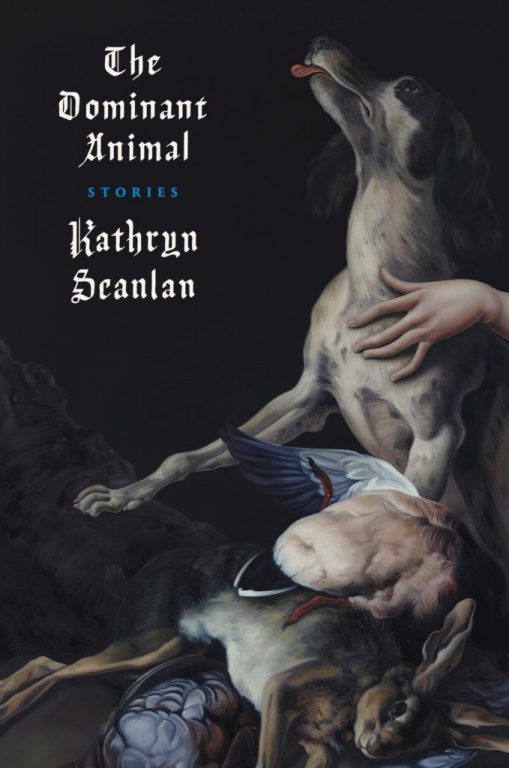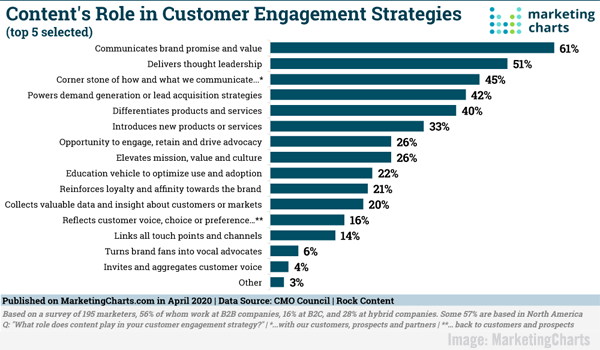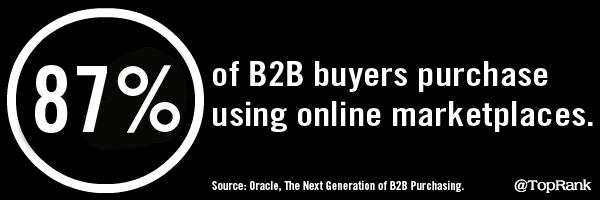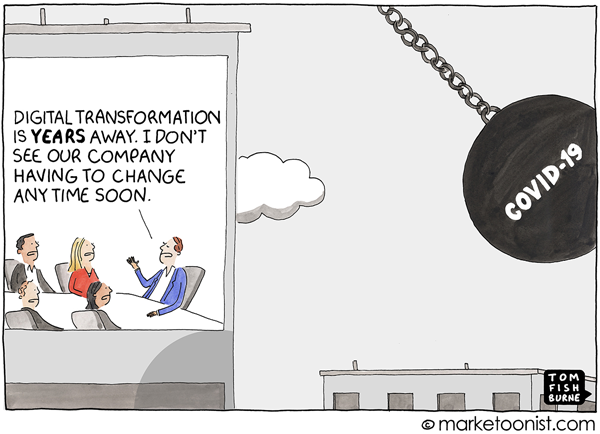Kathryn Scanlan and Kate Zambreno discuss life in quarantine, and the works of art that make time feel as strange and deconstructed as it is now.
Kathryn Scanlan:
It’s been rainy all week, cool and windy and purple out. I walk every day but now, suddenly, there are three or four times as many people walking at any given hour, so I’ve been finding different routes. Everything is blooming and the air smells strongly of flowers, even inside my apartment. Hummingbirds are militantly at work. On Tuesday I cut my finger when a glass jar of frozen curry I was trying to coax into a pan broke in my hand. The cuts seemed deep and continued to bleed hours later, but they’re almost healed now. On Wednesday I cut the same finger with a large knife, chopping collards – a shallow split halfway through the nail. I’ve been batch cooking, freezing the extra. On Thursday I simmered a chicken, argued with my husband. Reading Natalia Ginzburg, The Little Virtues, Moyra Davey, Index Cards, Thomas Bernhard, but also randomly picking up books from the scattered stacks on my desk and reading a line, a paragraph, a chapter, a story – then setting them back down. Texted with my mother. She told me she’s had this quote next to her laptop since last summer: ‘Life is a sinking ship and work is the lifeboat.’ Felt wilder and wilder with fear, day after day – crying wildly in my office in the dark – until yesterday, when it culminated in bodily collapse, a relentless rod of pain in the head. This morning I feel quieter, and am writing this to you.
Kate Zambreno:
We can’t figure out how long we’ve been mostly inside. We think two weeks, although that feels inexact. It doesn’t help that our clock in the main room has been broken for a day. I keep overlapping all this with the beginnings of daylight saving time. It’s when our three-year-old daughter stopped going to bed at night, and we began letting her, as the day began to lose shape, which feels like a return to her being a newborn, to those early days out of time. John now lays with her for hours, talking to her in the dark, holding her hand through the crib. I usually have been waiting for that time to weep, because most of our efforts have been to keep Leo upbeat and active, even though she is not going to school or seeing her friends except over Zoom, or leaving except for one circumscribed walk around our Brooklyn neighborhood, trying our best to avoid others while not seeming unfriendly. Our streets feel crowded too, especially on the bright springish days, with the flowering magnolia and cherry blossom trees and lilacs coming up. There’s that line from Territory of Light, something like, why is it only our children who are allowed to have breakdowns? I think about that a lot. I’m sitting here cross-legged on the couch, a green wool striped blanket on my lap, and Leo has just come and demanded that she have that blanket, and she pulls it out from me, because she wants her father to play Linus in this new game of Charlie Brown she likes to play. She is almost always Charlie Brown, and sometimes Peppermint Patty, we are usually the minor more passive characters. John is usually Marcie and I am almost always Schroeder, which works well for me, because I can just not talk and hunch over my laptop. This morning we sat on the floor in front of my laptop and watched a dancer in her cramped bedroom admiringly lead a toddler dance class with very few props or space. We wiggled our toes in front of us and jumped like frogs and waved around scarves. At one point the dancer took a small stuffed animal from a shelf and began speaking to it, then looked at the screen and said something like, This is what ten days of quarantine has done for me, I’m now talking to stuffed animals, and I really felt for her.
Scanlan:
Thinking about this – as the day began to lose shape, which feels like a return to her being a newborn, to those early days out of time – and how crisis (birth, death, illness, catastrophe) exposes the artifice of time as we’ve constructed it. For the past year I’ve been working from home and thinking a lot about dailiness, creativity, and productivity. When a day is not structured by appointments, meetings, driving to work, taking lunch, driving home, shopping (i.e. capitalism), its soft, loose (wild?) shapelessness becomes apparent. This is a beautiful thing and is probably the medium of writing and the essence of life – but how to reconcile that with ambition, financial pressure, bodily survival? In Drifts, your narrator’s days are sometimes structured (she teaches, attends readings and meetings, travels by train) and sometimes not (summer, when she’s home, working on her novel), but threaded throughout is an interrogation of the day as a unit of measure – its slipperiness – and how something as fluid and ongoing as thought gets concretized into work on a physical page, in a physical book. Drifts as a title is wonderfully evocative in itself and in its reference to the work of other writers. What does drift mean to you?
Zambreno:
Some people have contacted me and told me that their life now – not going out except walks around the neighborhood with the dog and recording the animals and neighbors and trees, staying mostly inside, keeping company with others through email, reading and thinking – reminds them of the life of the narrator of the book, which in some ways is still my life. So much of Drifts is enthralled to dailiness and solitude, to even alienation. Speaking of Moyra Davey, I really identify with her gaze, her video work and essays, how her apartment becomes her studio, filled with photographs of others and her books, that she too randomly picks up as you describe, how she thinks of her practice as a flaneur of the apartment, but also the watchfulness of her series of people reading on trains, of trees, etc. Even when I was out working one of my several teaching jobs, traveling on the train, I felt entirely alone, watching, absent of colleagues or conversation except in the classroom. And then there’s the feeling of claustrophobia and often spooky isolation in the second half of the book, where the narrator is pregnant and almost always inside, when not commuting to work, thinking about Vermeer’s women and Chantal Akerman’s solitary figures trapped inside and reading Sentimental Education while continuously eating weird food, which more closely mirrors where I am now. It’s strange how haunted I too now feel by the book, even though I’ve apparently finished it. I am in a later stage of pregnancy again, amidst this more mandatory quarantine, still in the same apartment, still worrying, more than ever, about financial pressure and bodily survival. I realize I didn’t answer your question. I think I was thinking of drifts as a form, and a way to write time, a way to write a narrative that felt like a diary, or the day. In some ways I was thinking about Robert Walser’s feuilletons or Clarice Lispector’s cronicas, a form of smallness that expresses the strangeness and uncanniness of the everyday. I guess I had the title – Drifts – and it was a feeling, a feeling that was about a gaze as well, and a feeling of ghostliness and smallness. And I had to write that feeling somehow. Which brings me to how haunted I have felt lately by your Aug 9—Fog, especially in this new now, this hyperawareness of the isolation and vulnerability of others, especially the elderly, who must now stay more inside than they were before. I am haunted thinking about this found diary of an 86-year-old woman keeping a document of her days, and how you mysteriously rewrite and compress the last years of someone’s life, celebrating the beauty of its ordinariness, or the ordinariness of its beauty. Could you speak more about how you were thinking of a page as a day in this work, about smallness, about the passage of time? What other artists and writers have you been thinking of, who deal with time and dailiness?
Scanlan:
In Aug 9—Fog, I wanted a page to become a kind of stage, and I wanted a day to become more than a day. The pages in the book do not correspond to particular days in the original diary: they are undated, and are a very lean sample of the original text’s length and density, and many are combinations of days from different months, different years. My inclination is that reduction, compression, silence, and absence in a text might enable a largeness to expand in the mind of the reader. I think about Moyra Davey’s work often – feel irretrievably imprinted by her – but especially this past year, as I’ve been rereading her writings and looking through the new large volume of her work published by Steidl and her forthcoming Index Cards. I’ve been working on a book about writing and photography which is probably largely informed by her writing and photography, but is also a continuation of Fog in a way – thinking through ideas of the found object, the diary as form, and how photography, like a notebook or diary, is a way to ‘catch’ or ‘net’ the ‘pearls and coral’ we encounter in our daily lives (per Walter Benjamin). Through your books I came to read Hervé Guibert’s Ghost Image. I don’t remember where I heard this, but are you working on a book about Guibert? I’d love to hear about it if so, as well as how photography (and film/video) figure in your thinking, your work. At what point in writing Drifts did you decide to include the grainy, Sebald-esque images inserted throughout the text?
Zambreno:
The relationship of writing to photography also intrigues me – part of Drifts thinks through my (amateur) photography practice, and my impulse to take a photograph, the practice and process of that. I don’t remember why I began to put images in the Drifts project. Book of Mutter also had many found images and family photographs, at one point, and by the end was winnowed down to two or three stills. I think so much of Drifts is about a gaze, and how the narrator looks at art, especially photography (an interest in Sarah Charlesworth’s Stills, or Peter Hujar’s photographs of dogs), and so I began to create these collages after looking at these photographs. I was inspired by the mysteriousness of a found photograph as Sebald employs it in the way I cut up the images from the Rilke sections, where it’s unclear the source, a speculative effect I’ve been playing with in other essays. I am working on a small book on Hervé Guibert. It centers around his To the Friend Who Did Not Save My Life, but also encompasses his photography and his other later writings. It’s not a monograph – maybe it’s more of a possession? Thinking through Guibert’s first-person narratives that he wrote with such speed, his concept of photographic writing that’s closer to a note or a journal. Today I am trying to watch his film La Pudeur ou L’Impudeur (Modesty, or Immodesty) – his documentation of the daily and banal in the last year of his life dying from AIDS that was broadcast on French TV – it strikes me there’s a connection here to all of us in self-quarantine, some of us sick or suffering in different ways, the privacy of that. I think in writing lately I’m also searching after the long take of Chantal Akerman, this series of interiors or rooms. I wanted to ask about your essay on Anne Charlotte Robertson’s diary films, how you feel compelled by her videos. It’s marvelous your ekphrasis of her video works, the lists and objects, in a way that defamiliarizes, it reminds me of the domestic tableaus in your stories, the violence underneath the mundane.
Scanlan:
I learned of Robertson’s work recently – it’s not very well known because she wasn’t able to digitize her films during her life and screenings have been rare – and I’ve only seen maybe ten or eleven hours of her forty-plus-hour opus, Five Year Diary, but it’s such a compelling film. There’s something I love about banality and durational work that tests an audience’s endurance and attention span, or forces them to examine their discomfort and expectation of entertainment – I’m thinking also of Chantal Akerman’s films (Jeanne Dielman, News From Home) and David Lynch’s recent Twin Peaks: The Return. Robertson originally modeled her film on the same type of mass-produced diary – ‘the little blank books with locks and keys, that allow only a few lines to each day’s notation’ – used by the elderly woman upon whose writings Aug 9—Fog is based, and they were roughly contemporaneous, too: 1968-1972 are the dates of the diary I adapted, and Robertson began her diary film in 1981. Five Year Diary feels both massive and fleeting, which is what life feels like. It makes me think of Walker Evans declaring that his photography was not ‘documentary’ but ‘documentary style’ – I feel Robertson’s work is not a diary, but diary style: her film has the raw, immediate feel of the unedited everyday, but you quickly realize how shaped it is, how aggressively she played with time. I think that’s something I like to do in my stories, too – aggressively play with time, with cuts and edits, with speeding up or slowing down time, life.
Zambreno:
I’ve become increasingly drawn to constraint-based and durational work. I recently wrote the foreword to the Grove reissue of Kathy Acker’s early Black Tarantula works, these zines that came out of collaging pulp texts with her journal, experiments that were inspired by artists such as Bernadette Mayer’s Memory project – that encompasses the entire month of July 1971 through a daily journal and a daily roll of 35mm film (today to cheer myself up I flipped through the Siglio edition of the Memory project that’s coming out in May). I am drawn to works of endurance, both on the part of the artist and on the part of the viewer/reader – like Acker, like Akerman’s early 70s trance films, the date paintings of On Kawara – but also diaristic works that are extremely condensed, but still feel like the shape and texture of a life, even the fragmentation and speed of a day. I like works that make time feel as strange and deconstructed as it does now. I really like that about the sudden quality of your stories. This is what I’m so drawn to with Guibert’s project, the dichotomy between endurance and speed – you have the complete diary project of his The Mausoleum of Lovers, translated by Nathanaël in a beautiful Nightboat Books edition, that Guibert himself edited and wanted to be read like a novel, but then you have the diary-like project of To the Friend Who Did Not Save My Life (that Semiotext(e) is reissuing in April), which feels diary-like but is not a diary, in fact Guibert couldn’t look at his diary when writing it. I see Drifts as more of a work that feels diary-like or note-like but isn’t actually transcription, I was interested in the idea of manipulating space and the page to achieve a sense of the passage of time – there were times I wanted it to feel trance-like and other times fast, vertiginous. I’m realizing Aug 9—Fog feels both sped up and slow at the same time. Like a day. Maybe this can also lead to a question about process and writing. Do you write slowly? With speed? How does one of your stories form? Is the formation often in the shaping, that winnowing away?
Scanlan:
I write slowly but sometimes I write with speed. I’m able to write more quickly and joyfully when I allow myself periods of sitting in a chair, dazed, not making anything, which can feel difficult or counterintuitive. I tend to be impatient with how long it takes me to make work. When I had a day job outside the house, I’d write stories in my head while driving and on the clock, keeping scraps of notes – that slantwise approach. Likewise when I’m walking, cooking, washing dishes, or reading, a story will suddenly sort itself out. It’s taken me years to write some stories – others I’ve finished in an afternoon. They’re shaped by editing, and often it’s a game of moving sentences and blocks of text like puzzle pieces, from one story to another, or within a single story. Do you do that? What does your editing process look like?
Zambreno:
It often helps to have a project that I can work on, but I usually work on it in really slow ways, over many years, going through many layers and processes of refinement. With Drifts I played around with the first section, Sketches of Animals and Landscape, for many years, just moving around these notes – the time in which I was writing it kept on getting away from me, because of course time gets away unless you have absolute freedom and space to write, and I wanted it to feel alive and present, to feel like a body was in a room writing it. With the second section, Vertigo, I had less raw material to work from, so over years I just kept on going through a period of refinement. I want writing to have that immediate and present feeling, not to have it feel too worked over, but I rewrote Drifts for many years. Since I have had the child I have liked taking on more constraint-based work – like the project of the screen tests, as well as the talks that became the appendices – because those I actually write in something like real time, sometimes over a day or a month – a way to force myself to make the space and time – and then just shape and cut down. It’s good to have a piece that can be finished, versus a longer work that feels more unwieldy and the writing of it and finishing of it is the actual problem that you need to figure out first. My last question to you is how do you know when a text is finished? Is there a certain feeling or effect you want to achieve? And are you able to write now, during this mass isolation and unease?
Scanlan:
Finished is always just a feeling – and what ‘finished’ means is always changing. I’m usually looking for maximum impact with a minimum of words. Fog finally felt finished when I found the five-act seasonal structure for it. I’m interested in your wish ‘to have that immediate and present feeling, not to have it feel too worked over’ – I think we’re manifesting it in different ways, but I feel I share your desire for a sudden, startling text. These past weeks I’ve felt scattered and fractured, but have written a little, and felt better when I did. And you?
Zambreno:
Just writing in a journal when I can. Reading and thinking about the Guibert when I can and taking notes. Yeah, I feel better when I do as well, like a space for solitude where I can pulsate and think and also write down the flowering trees I see in the neighborhood, the sounds of the birds, all of the strange tableaus my child has created around the apartment.

Kate Zambreno’s new novel Drifts is available for pre-order, and is forthcoming from Riverhead Books in May.

Kathryn Scanlan’s new collection The Dominant Animal is also available for pre-order, and is forthcoming from Daunt Books on 23 April.
The post In Conversation appeared first on Granta.













